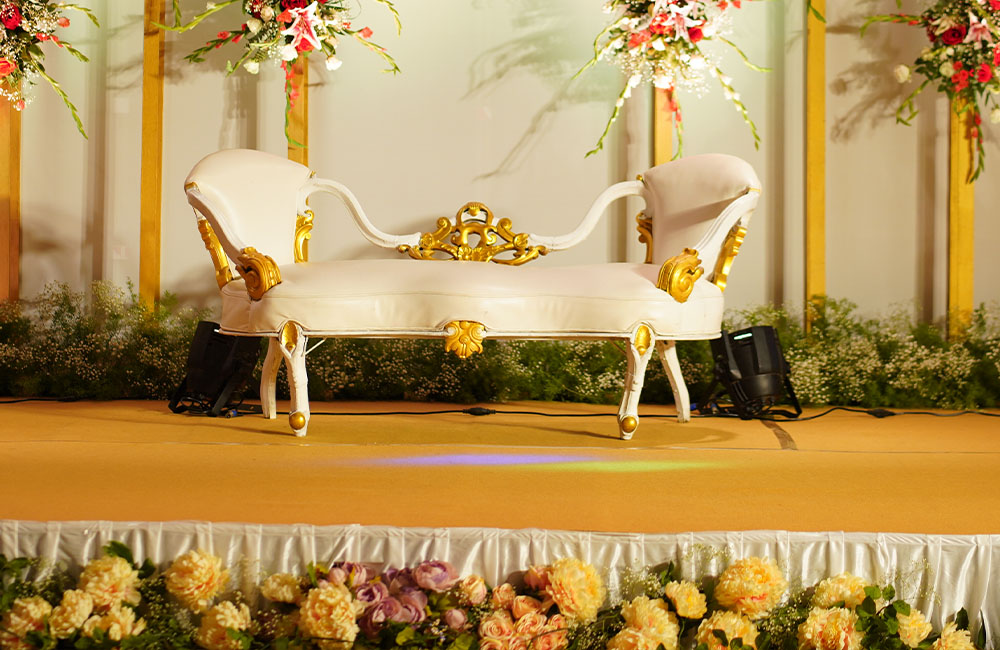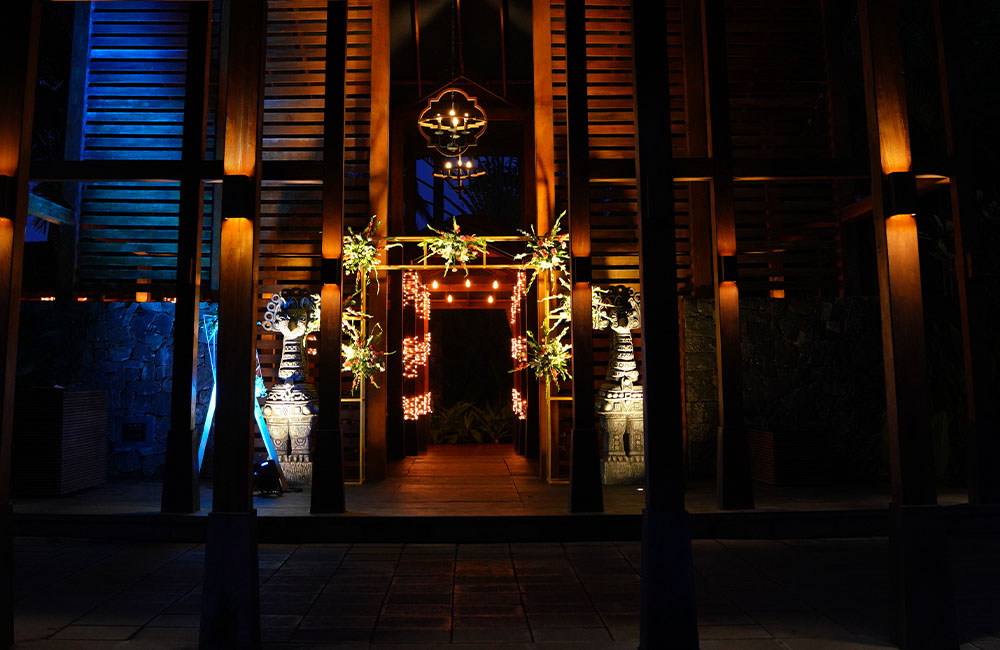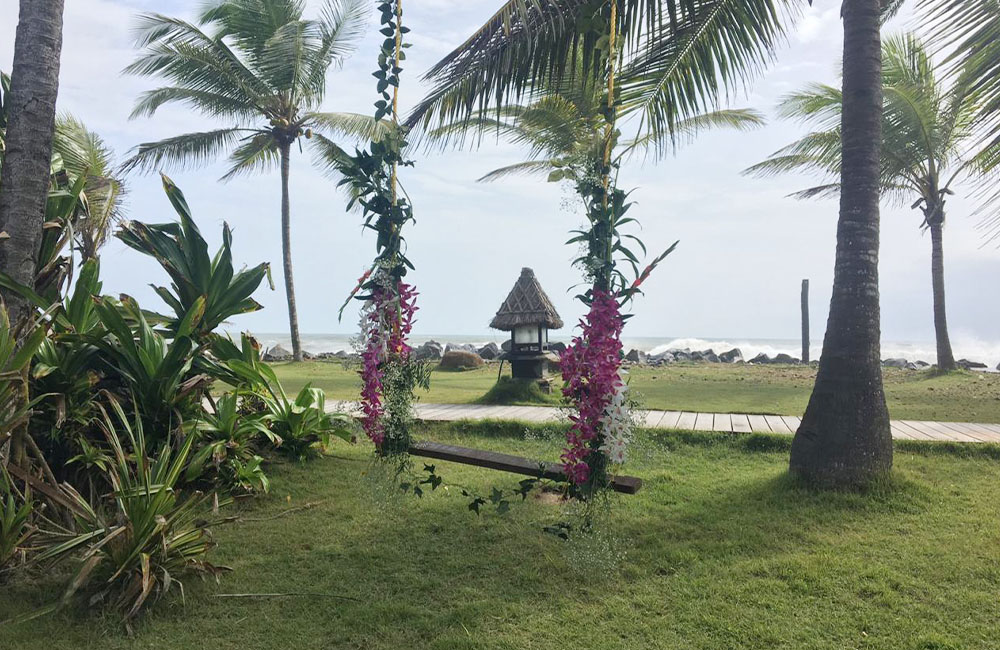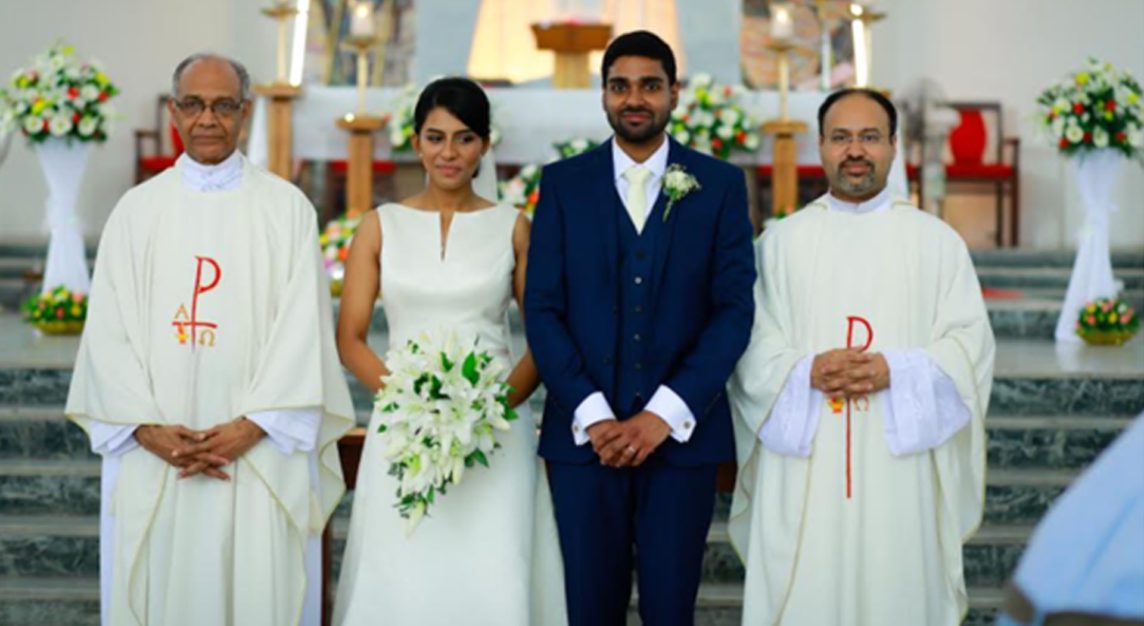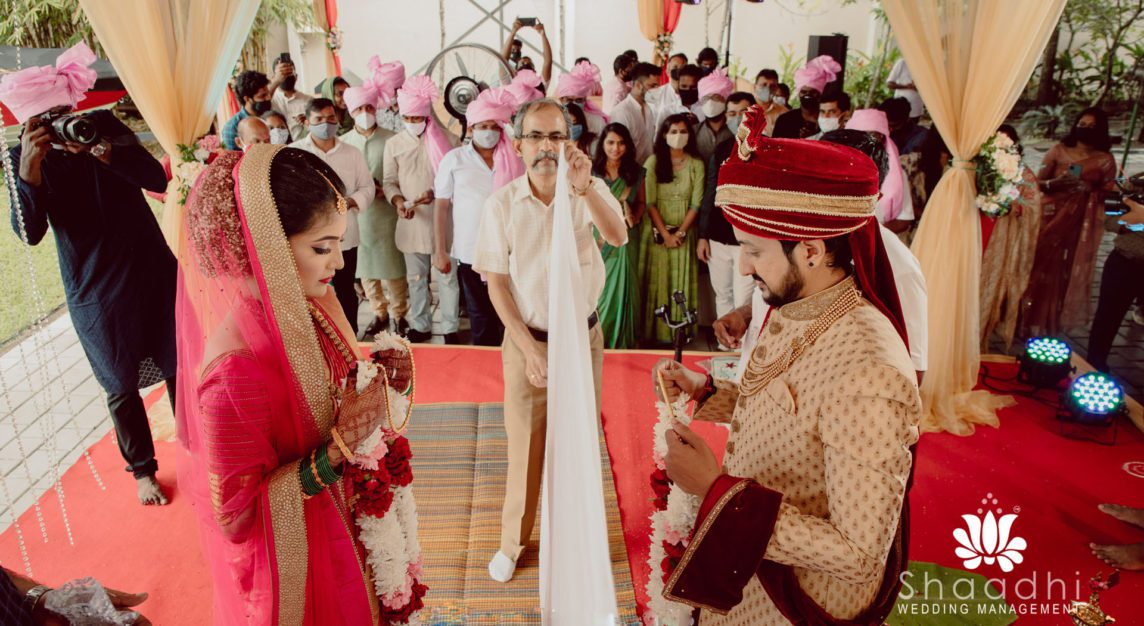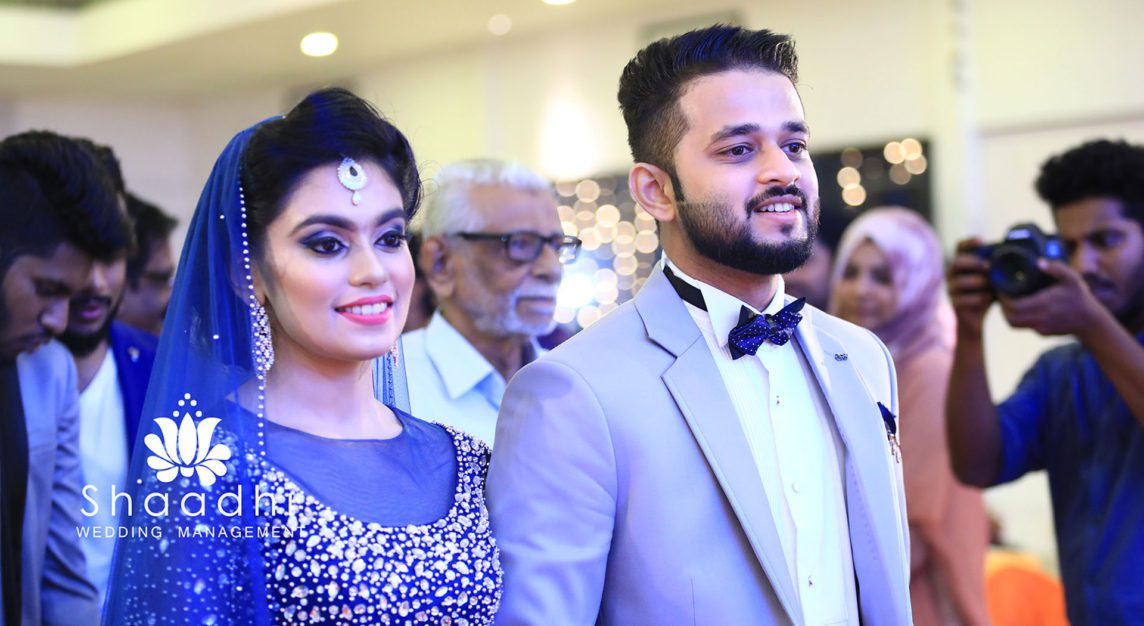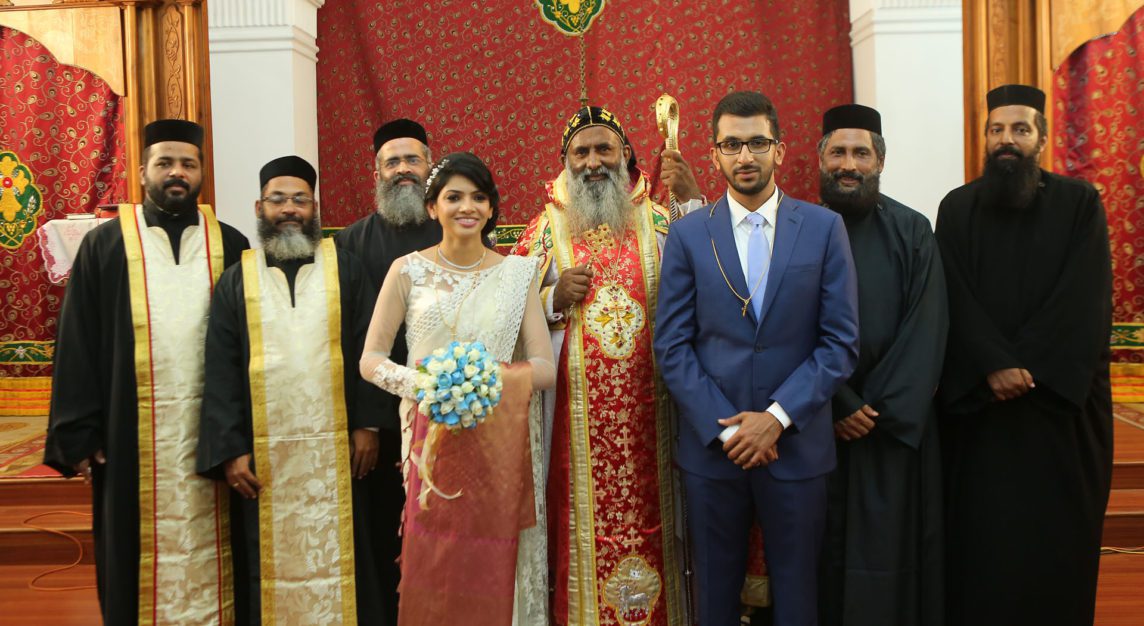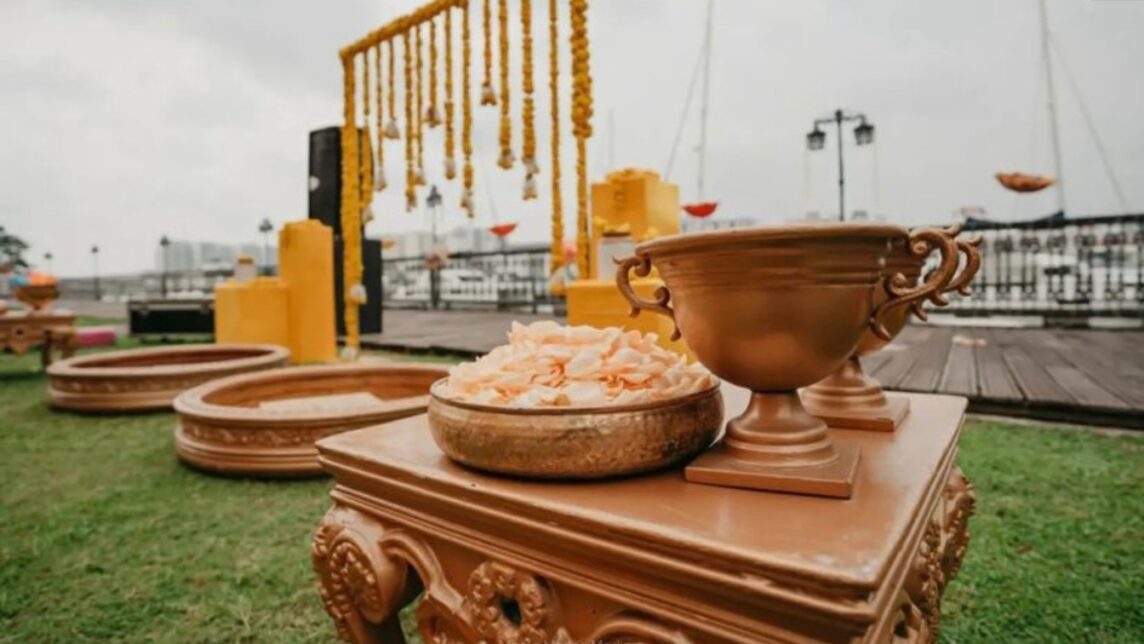Convention Centres plays an important role in the growth of a city. It has become an important part for conducting different type large & small size events like Weddings, Conference, Business Party, Business Meeting, International conference, Seminar, Corporate Meeting, Training Programme, High Powered Meeting, Lecture, Workshop, Product Launch, Private Party, Fashion Shows, and Exhibition. Below are few popular Convention Centres which can help you in conducting events in Trivandrum:
1. AL SAJ CONVENTION CENTRE
The Al Saj Convention centre has 6 halls with different capacity facilities. The Milky Way is the largest among all, it offers a luxurious hall with royal interior grand ceiling, sound proof design, Dolby digital sound system, two built- in projectors and is capable to accomodate 2500 PAX at a time. The Milky Way is also the largest pillar-less hall in Kerala . The Comet is the Second Largest Hall capable to accommodate up to 1500 PAX at a time. The Sun Ray is a multipurpose hall attaching two kitchens/store rooms and is capable to accomodate upto 1500 PAX at a time. It is perfect for organizing banquets, marriage receptions, conferences etc. It offers a contemporary in style hall with pergolas for natural lighting and an internal bamboo garden .The Moon Beam is a mini conference and banquet hall capable to accomodate ipto 150 PX at a time This mini hall also provides option to attach portable stage, projectors, sound system etc based on individual requirement. The Treatz, a new a/c mini hall designed with the contemporary style of architecture, featuring elegant interior,acoustic ceiling&walls suitable for parties,meetings, banquets and so on.”Treatz” can accommodate from 25 to 150 number of guests. The Star Hill is a compact hall capable to accomodate upto 50 PAX and is ideally suitable for meetings or special occassions.
2. MOUNT CARMEL CONVENTION CENTRE
Mount Carmel Convention Centre in Vazhuthacaud has a wide range of products and / or services to cater to the varied requirements of their customers. This well-known establishment acts as a one-stop destination servicing customers both local and from other parts of Thiruvananthapuram. Sufficient parking space & facilities like lift is available for accessing first floor, spacious stage area are the plus points of this convention centre. Best place for wedding receptions and parties. The auditorium can accommodate more than 700-800 people.
3. TRAVANCORE INTERNATIONAL CONVENTION CENTRE
Travancore International Convention Center offers exceptional facilities for conferences, seminars, trade shows, expositions, and media events. The Center houses three auditoriums with advanced amenities and seating capacities ranging from 50 to 2500. The Center also has well-appointed dining hall, ample parking facility.
4. RDR CONVENTION CENTRE
RDR Auditorium in Thampanoor is an air conditioned hall with a seating capacity of 1400 and floating capacity of 2500. RDR Auditorium in Thampanoor provides necessary facilities to organize any event. There is generator back up for the e event to function smoothly in case of power cut. The marriage auditorium provide air conditioned rooms with locker facility for the guests. Parking facility is available for 320 cars and 100 bikes.
5. SOORYAPRABHA CONVENTION CENTRE
The Sooryaprabha Convention has an air-conditioned hall with a capacity for a splendid assemblage of 1200 luminaries – designed and engineered to perfection with advanced light and sound systems and cushy seating arrangements eminently suited for weddings, wedding receptions, conferences, seminars, etc. The cosy and breezy air conditioned banquet hall below the Galaxy where 800 persons can dine. One of the highlights of Sooryaprabha is its expansive parking space that can accommodate nearly 300 vehicles of various sizes.
TRIVANDRUM CLUB WEDDING HALL:
Based out of Thiruvananthapuram, Trivandrum Club is a beautiful venue to host all your wedding functions with all your loved ones. The venue offers a charming and pretty setting to host several wedding functions under the right skills and a good venue. They have a gorgeous wedding space that is perfect to host all kinds of wedding functions with all your friends and family members. Their wedding specialists will work with you to plan an event with full perfection and ease so that you can host all your wedding functions easily. It is a perfect place to host all your wedding functions with your friends and family members.
Facilities and Capacity
Trivandrum Club has the ability to suit 100 guests inside their wedding spaces. They have a banquet hall that they offer you to take up all your wedding and related events and functions. These are huge occasion spaces that can be a perfect fit for facilitating your pre-wedding functions like engagement, sangeet, mehndi etc. pursued by the primary wedding service and a wonderful gathering. They can have private weddings as well. You can enjoy all your functions and host a residential wedding too as they are an ideal place for residential weddings too.
BANQUET HALLS IN TRIVANDRUM
Looking for the perfect banquet hall to host the most special day of your lives? Look no further, as we at Shaadhi give you tonnes of options of banquet halls in Trivandrum so your task of picking out from the best banquets is made easier. We know how much of a tough task it is to choose from so many options of banquet halls but be assured that the Shaadhi team won’t stop till you have found the banquet hall of your dreams. From all the banquet halls in Trivandrum, you can compare the offers, prices, and deals and make sure in the end, you choose the banquet hall that gives you the wedding vibes.
